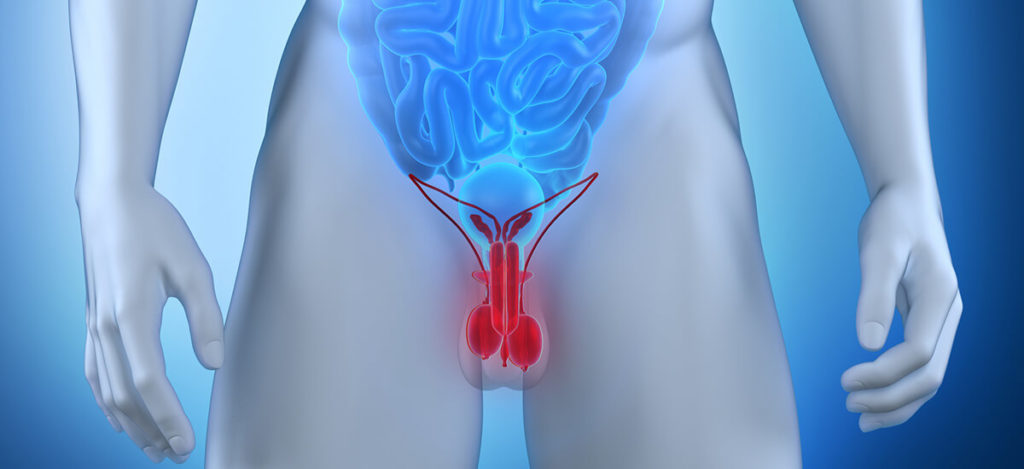RATIONALE: Chemoprevention therapy is the use of certain drugs to try to prevent the development or recurrence of cancer. The use of zileuton may be an effective way to prevent lung cancer in patients who have bronchialdysplasia.
RATIONALE: Chemoprevention therapy is the use of certain drugs to try to prevent the development or recurrence of cancer. The use of zileuton may be an effective way to prevent lung cancer in patients who have bronchialdysplasia. PURPOSE: Randomizedphase II trial to study the effectiveness of zileuton in preventing lung cancer in patients who have bronchial dysplasia. Condition: – Hypopharyngeal Cancer- Laryngeal Cancer- lip and oral cavity cancer- Lung Cancer- Nasopharyngeal Cancer- Oropharyngeal CancerStudy Type: InterventionalStudy Design: Prevention Official Title: Phase II Study of Zileuton for the Prevention of Lung Cancer in Patients With Bronchial DysplasiaFurther Study Details: OBJECTIVES:Determine the efficacy of zileuton, in terms of number of sites and grade of dysplastic lesions in the bronchial epithelium, in patients with documented bronchial dysplasia. Correlate the regression of bronchial dysplasia (number and grade) and improvement in sputum cytology with the modulation of molecular biomarkers in patients treated with this drug. Determine the overall toxicity of this drug in these patients. Determine the 6-month stability of the chemopreventive effect of zileuton in patients who are randomized to receive initial treatment with this drug. Determine the 6-month natural history of bronchial dysplasia in patients who are randomized to receive initial treatment with a placebo. OUTLINE: This is a randomized, double-blind, placebo-controlled, crossover, multicenter study. Patients are stratified according to clinical site, smoking status (current vs recently quit smoker), and prior cancer (none vs lung or head and neck). All patients receive oral placebo 4 times daily for 2 weeks. Patients who exhibit sufficient compliance are randomized to 1 of 2 treatment arms. Arm I: Patients receive oral zileuton 4 times daily for 6 months followed by oral placebo 4 times daily for an additional 6 months in the absence of disease progression or unacceptable toxicity. Arm II: Patients receive oral placebo 4 times daily for 6 months followed by oral zileuton 4 times daily for an additional 6 months in the absence of disease progression or unacceptable toxicity. Patients are followed at 4 weeks. PROJECTED ACCRUAL: A total of 134 patients (67 per treatment arm) will be accrued for this study within 1-2 years. Eligibility Ages Eligible for Study: 18 Years and above, Genders Eligible for Study: Both Criteria DISEASE CHARACTERISTICS:At high risk for dysplasia, defined by 1 of the following criteria: Current or former smokers who have smoked at least 30 pack-years Former smokers must be enrolled within 10 years of complete smoking cessation Patients with curatively treated stage I non-small cell lung cancer* Patients with curatively treated stage I or II squamous cell carcinoma of the head and neck (limited to oral cavity, pharynx, or larynx)* NOTE: *At least 12 months post-curative therapy Histologic confirmation of mild to severe bronchial dysplasia on bronchoscopic biopsy required Moderate or severe atypia on sputum cytology required before bronchoscopy No evidence of malignancy by chest x-ray PATIENT CHARACTERISTICS: Age18 and over (for patients with prior lung or head and neck malignancy) 40 and over (for all other patients) Performance statusSWOG 0-1 Life expectancyNot specified HematopoieticWBC at least 3,000/mm^3 Platelet count at least 100,000/mm^3 Hemoglobin at least 10.0 g/dL No bleeding disorder HepaticBilirubin no greater than upper limit of normal (ULN) Liver enzymes no greater than ULN PT/PTT no greater than ULN No active or chronic liver disease (even if transaminases have normalized) RenalCreatinine no greater than ULN CardiovascularNo unstable angina No uncontrolled heart failure PulmonaryNo significant asthma or chronic obstructive pulmonary disease requiring chronic or periodic (at least once per year) steroids for flares No acute or chronic respiratory failure OtherNot pregnant or nursing Negative pregnancy test Fertile patients must use effective contraception Willing and able to undergo serial bronchoscopic examinations No ongoing alcohol use (i.e., at least 1 glass of wine, beer, or a mixed drink per day on a regular basis) No other medical condition that would preclude safety during study participation No other active or invasive malignancy within the past year except basal cell skin cancer or carcinoma in situ of the cervix No hypersensitivity to study drug or any of its inactive ingredients PRIOR CONCURRENT THERAPY: Biologic therapyNot specified ChemotherapyNot specified Endocrine therapyMore than 3 months since prior corticosteroids* No concurrent corticosteroids* No concurrent anticancer hormonal agents NOTE: *Systemic or inhaled, including chronic administration RadiotherapyNo concurrent radiotherapy SurgeryNot specified OtherMore than 3 months since prior lipoxygenase inhibitors* More than 3 months since prior investigational agents More than 3 months since prior nutritional supplements (except 1 daily multivitamin) No concurrent nutritional supplements (except 1 daily multivitamin) No other concurrent lipoxygenase inhibitors* No other concurrent investigational agents No concurrent warfarin, beta-blockers, or theophylline No other concurrent antineoplastic agents No concurrent or chronic daily use of non-steroidal anti-inflammatory agents (NSAIDS) (except cardioprotective doses of aspirin less than 100 mg/day) Periodic use of NSAIDS allowed Concurrent participation in a smoking cessation program (including use of bupropion or nicotine gum or patch) allowed NOTE: *Systemic or inhaled, including chronic administration [1] Omer Kucuk, MD, Study Chair, Barbara Ann Karmanos Cancer Institute
All content and media on the HealthEngine Blog is created and published online for informational purposes only. It is not intended to be a substitute for professional medical advice and should not be relied on as health or personal advice. Always seek the guidance of your doctor or other qualified health professional with any questions you may have regarding your health or a medical condition. Never disregard the advice of a medical professional, or delay in seeking it because of something you have read on this Website. If you think you may have a medical emergency, call your doctor, go to the nearest hospital emergency department, or call the emergency services immediately.







